Chemical Reagents
Chemicals reagents are commonly referred to as reagent. It is a large class of pure chemical substances with various standard purities and can be used for education, scientific research, analysis and testing as well as the functional materials and raw materials required by some kinds of novel industrial materials. There is a large variety of chemical reagents and the number has reached hundreds of thousands in the world. There are also tens of thousands of reagents that have been used in daily life in china.
There is still no uniform international rules in the classification methods for chemicals. It is customary divided by subject and actual application. Take the representative catalog issued by the Germany E • Merck Company as example, there are twelve categories and seventy categories while in most countries, it is divided with the scope of application. We divide the reagents into four categories.
1. General reagents: generally refers to inorganic reagents and organic reagents that can meet standard purity. It is often applied to scientific research, analysis and testing, and synthetic reaction and used as new materials.
2. Analysis Reagents: regent dedicated to analysis and test and can be divided into two subcategories:
(1) Reagents for chemical analysis: testing items for the chemical reaction analysis.
1) Baseline Reagent: pure compound directly used for the standard solution in the formulation and volumetric analysis.
2) Indicator: it can be used to indicate the end of the titration reagent and can be classified into pH indicator, redox indicator adsorption indicator, metal indicator, a fluorescent indicator, and so on.
(2) Regents for instrument analysis: high-purity compounds dedicated to instrumental analysis.
1) Spectroscopically pure reagents: spectroscopically pure compound, often expressed in the SP for spectral analysis reagents.
2) Chromatography pure reagents: reagents dedicated to analysis of gas chromatography and liquid chromatography analysis.
3) Deuterated reagents: reagent decided to the analysis of the nuclear resonance instrument.
3. Reagents of electronics industry: special chemical products dedicated to electronics industry.
1) MOS Reagents: the particle concentration is consistent with ASTM "O" level, being microelectronics dedicated reagent.
2) high-purity reagents: also known as ultra high purity reagents such as purity of 99.99%, called 4N, 99.999% referred to 5N. They are generally used for scientific research and physical and chemical trace analysis, fiber-optic communications, microelectronics, semiconductors, lasers and so on.
3) In addition, there are also optically pure reagents, photoresist and other kinds of fine chemical products of special properties.
4. Biochemical reagents: they are basic chemical substances extracted from living organisms or chemically synthesized and is a large type of reagent as important reagents for biological component research and analysis and identification including clinical immunology reagents, genetic engineering reagent, cell culture reagents, hormone-type substances, reagent for poison carcinogenic research and reagent for anti-mold and insecticide research. In short, they are reagents for scientific research such as exploring the mysteries of life and disease prevention as well as testing agents, being pure compound related to medicine and pharmacology.
- Structure:

- Chemical Name:1,12-Dodecanediamine
- CAS:2783-17-7
- MF:C12H28N2
- Structure:
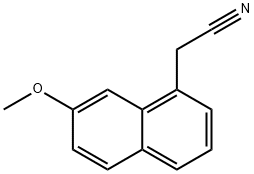
- Chemical Name:7-Methoxy-1-naphthylacetonitrile
- CAS:138113-08-3
- MF:C13H11NO
- Structure:
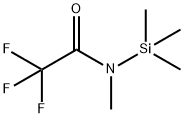
- Chemical Name:N-Methyl-N-(trimethylsilyl)trifluoroacetamide
- CAS:24589-78-4
- MF:C6H12F3NOSi
- Structure:
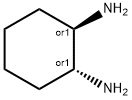
- Chemical Name:(+/-)-trans-1,2-Diaminocyclohexane
- CAS:1121-22-8
- MF:C6H14N2
- Structure:
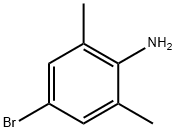
- Chemical Name:4-Bromo-2,6-dimethylaniline
- CAS:24596-19-8
- MF:C8H10BrN
- Structure:
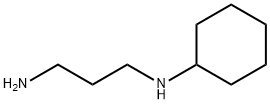
- Chemical Name:N-(3-AMINOPROPYL)CYCLOHEXYLAMINE
- CAS:3312-60-5
- MF:C9H20N2
- Structure:

- Chemical Name:4-BROMO-2-(TRIFLUOROMETHOXY)IODOBENZENE
- CAS:175278-12-3
- MF:C7H3BrF3IO
- Structure:
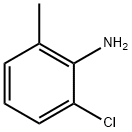
- Chemical Name:2-Chloro-6-methylaniline
- CAS:87-63-8
- MF:C7H8ClN
- Structure:
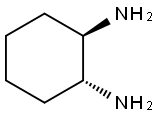
- Chemical Name:(1R,2R)-(-)-1,2-Diaminocyclohexane
- CAS:20439-47-8
- MF:C6H14N2
- Structure:
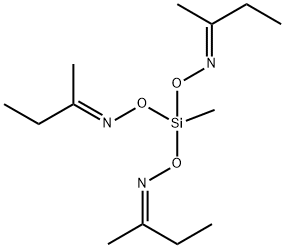
- Chemical Name:Methyltris(methylethylketoxime)silane
- CAS:22984-54-9
- MF:C13H27N3O3Si
- Structure:
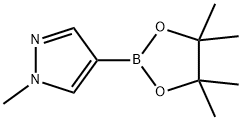
- Chemical Name:1-Methyl-4-pyrazole boronic acid pinacol ester
- CAS:761446-44-0
- MF:C10H17BN2O2
- Structure:
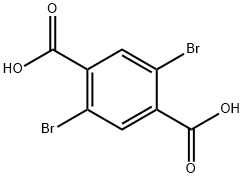
- Chemical Name:2,5-Dibromoterephthalic acid
- CAS:13731-82-3
- MF:C8H4Br2O4
- Structure:

- Chemical Name:Heptane
- CAS:142-82-5
- MF:C7H16
- Structure:

- Chemical Name:N-BENZYL-N-BUTYLAMINE
- CAS:2403-22-7
- MF:C11H17N
- Structure:
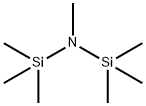
- Chemical Name:Heptamethyldisilazane
- CAS:920-68-3
- MF:C7H21NSi2
- Structure:
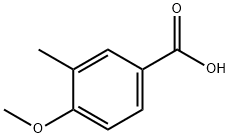
- Chemical Name:4-Methoxy-3-methylbenzoic acid
- CAS:6880-04-2
- MF:C9H10O3
- Structure:
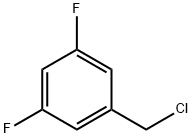
- Chemical Name:3,5-DIFLUOROBENZYL CHLORIDE
- CAS:220141-71-9
- MF:C7H5ClF2
- Structure:
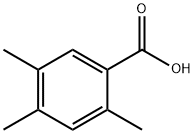
- Chemical Name:2,4,5-Trimethylbenzoic acid
- CAS:528-90-5
- MF:C10H12O2
- Structure:
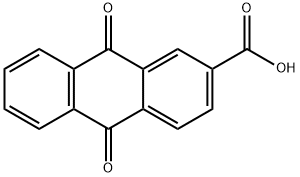
- Chemical Name:ANTHRAQUINONE-2-CARBOXYLIC ACID
- CAS:117-78-2
- MF:C15H8O4
- Structure:
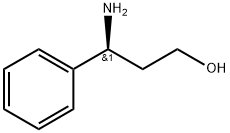
- Chemical Name:(S)-3-Amino-3-phenylpropan-1-ol
- CAS:82769-76-4
- MF:C9H13NO
- Structure:
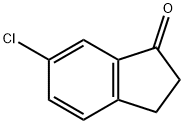
- Chemical Name:6-Chloro-1-indanone
- CAS:14548-38-0
- MF:C9H7ClO
- Structure:
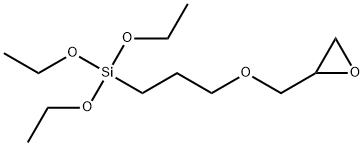
- Chemical Name:(3-Glycidyloxypropyl)triethoxysilane
- CAS:2602-34-8
- MF:C12H26O5Si
- Structure:

- Chemical Name:Bis(triethoxysilylpropyl) disulfide
- CAS:56706-10-6
- MF:C18H42O6S2Si2
- Structure:
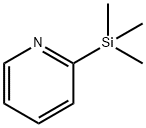
- Chemical Name:2-(Trimethylsilyl)pyridine
- CAS:13737-04-7
- MF:C8H13NSi
- Structure:
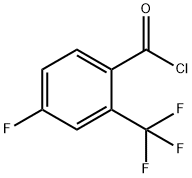
- Chemical Name:4-FLUORO-2-(TRIFLUOROMETHYL)BENZOYL CHLORIDE
- CAS:189807-21-4
- MF:C8H3ClF4O
- Structure:
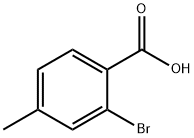
- Chemical Name:2-Bromo-4-methylbenzoic acid
- CAS:7697-27-0
- MF:C8H7BrO2
- Structure:
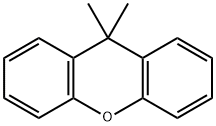
- Chemical Name:9,9-DIMETHYL-9H-XANTHENE
- CAS:19814-75-6
- MF:C15H14O
- Structure:
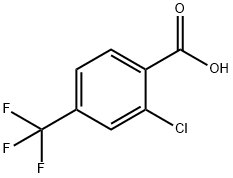
- Chemical Name:2-Chloro-4-trifluoromethylbenzoic acid
- CAS:23228-45-7
- MF:C8H4ClF3O2
- Structure:

- Chemical Name:5-Fluoro-2-methoxyaniline
- CAS:1978-39-8
- MF:C7H8FNO
- Structure:

- Chemical Name:3-Chloropropyltrichlorosilane
- CAS:2550-06-3
- MF:C3H6Cl4Si
- Structure:
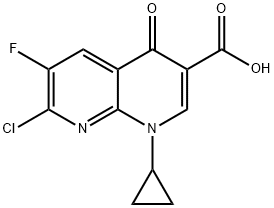
- Chemical Name:7-Chloro-1-cyclopropyl-6-fluoro-4-oxo-1,4-dihydro-1,8-naphthyridine-3-carboxylic acid
- CAS:100361-18-0
- MF:C12H8ClFN2O3
- Structure:
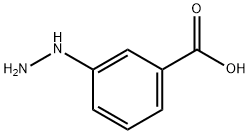
- Chemical Name:3-HYDRAZINOBENZOIC ACID
- CAS:38235-71-1
- MF:C7H8N2O2
- Structure:
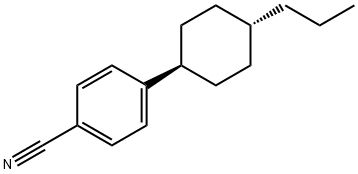
- Chemical Name:trans-4-(4-Propylcyclohexyl)benzonitrile
- CAS:61203-99-4
- MF:C16H21N
- Structure:

- Chemical Name:Bis[3-(triethoxysilyl)propyl]tetrasulfide
- CAS:40372-72-3
- MF:C18H42O6S4Si2
- Structure:

- Chemical Name:4-Methylmorpholine
- CAS:109-02-4
- MF:C5H11NO
- Structure:
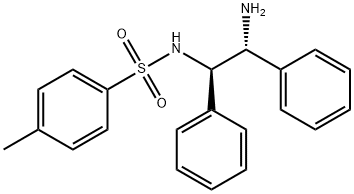
- Chemical Name:(1R,2R)-(-)-N-p-Tosyl-1,2-diphenylethylenediamine
- CAS:144222-34-4
- MF:C21H22N2O2S
- Structure:

- Chemical Name:Silica glass
- CAS:60676-86-0
- MF:O2Si
- Structure:
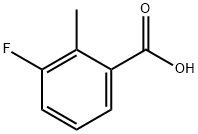
- Chemical Name:3-FLUORO-2-METHYLBENZOIC ACID
- CAS:699-90-1
- MF:C8H7FO2
- Structure:
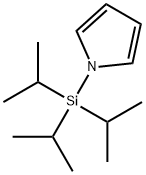
- Chemical Name:1-(TRIISOPROPYLSILYL)PYRROLE
- CAS:87630-35-1
- MF:C13H25NSi
- Structure:

- Chemical Name:1-ChloroMethyl-4-fluoro-1,4-diazoniabicyclo[2.2.2]octane bis(tetrafluoroborate)
- CAS:140681-55-6
- MF:C7H14B2ClF9N2
- Structure:

- Chemical Name:BENZYLMAGNESIUM BROMIDE
- CAS:1589-82-8
- MF:C7H7BrMg
- Structure:

- Chemical Name:2-(Trimethylsilyl)ethoxymethyl chloride
- CAS:76513-69-4
- MF:C6H15ClOSi
- Structure:
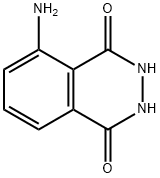
- Chemical Name:Luminol
- CAS:521-31-3
- MF:C8H7N3O2
- Structure:
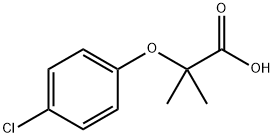
- Chemical Name:2-(4-Chlorophenoxy)-2-methylpropionic acid
- CAS:882-09-7
- MF:C10H11ClO3
- Structure:
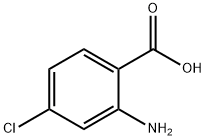
- Chemical Name:2-Amino-4-chlorobenzoic acid
- CAS:89-77-0
- MF:C7H6ClNO2
- Structure:
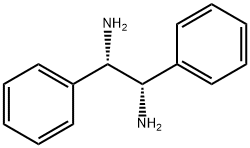
- Chemical Name:(1S,2S)-(-)-1,2-Diphenyl-1,2-ethanediamine
- CAS:29841-69-8
- MF:C14H16N2
- Structure:
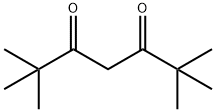
- Chemical Name:2,2,6,6-Tetramethyl-3,5-heptanedione
- CAS:1118-71-4
- MF:C11H20O2
- Structure:
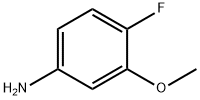
- Chemical Name:4-Fluoro-3-methoxyaniline
- CAS:64465-53-8
- MF:C7H8FNO
- Structure:

- Chemical Name:N,N-Diethylhydroxylamine
- CAS:3710-84-7
- MF:C4H11NO
- Structure:
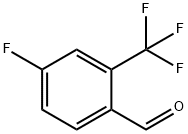
- Chemical Name:4-Fluoro-2-(trifluoromethyl)benzaldehyde
- CAS:90176-80-0
- MF:C8H4F4O
- Structure:
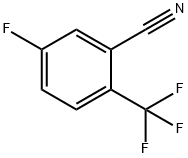
- Chemical Name:5-FLUORO-2-(TRIFLUOROMETHYL)BENZONITRILE
- CAS:240800-45-7
- MF:C8H3F4N
- Structure:
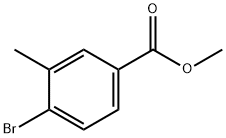
- Chemical Name:Methyl 4-bromo-3-methylbenzoate
- CAS:148547-19-7
- MF:C9H9BrO2
- Structure:
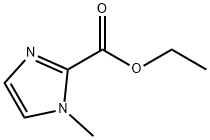
- Chemical Name:ETHYL 1-METHYL-1H-IMIDAZOLE-2-CARBOXYLATE
- CAS:30148-21-1
- MF:C7H10N2O2
- Structure:

- Chemical Name:Hexane
- CAS:110-54-3
- MF:C6H14
- Structure:

- Chemical Name:N-OCTANE
- CAS:111-65-9
- MF:C8H18
- Structure:
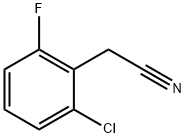
- Chemical Name:2-CHLORO-6-FLUOROPHENYLACETONITRILE
- CAS:75279-55-9
- MF:C8H5ClFN
- Structure:
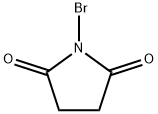
- Chemical Name:N-Bromosuccinimide
- CAS:128-08-5
- MF:C4H4BrNO2
- Structure:

- Chemical Name:(S)-Oxiranemethanol
- CAS:60456-23-7
- MF:C3H6O2
- Structure:
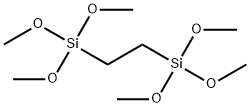
- Chemical Name:1,2-BIS(TRIMETHOXYSILYL)ETHANE
- CAS:18406-41-2
- MF:C8H22O6Si2
- Structure:

- Chemical Name:N-Methylaminopropyltrimethoxysilane
- CAS:3069-25-8
- MF:C7H19NO3Si
- Structure:
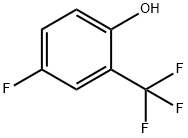
- Chemical Name:4-FLUORO-2-(TRIFLUOROMETHYL)PHENOL
- CAS:130047-19-7
- MF:C7H4F4O
- Structure:

- Chemical Name:3-BROMO-4-METHOXYPHENYLACETIC ACID
- CAS:774-81-2
- MF:C9H9BrO3
- Structure:
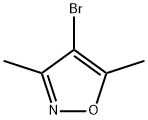
- Chemical Name:4-Bromo-3,5-dimethylisoxazole
- CAS:10558-25-5
- MF:C5H6BrNO
- Structure:

- Chemical Name:2-Phenoxyethylamine
- CAS:1758-46-9
- MF:C8H11NO
- Structure:

- Chemical Name:4-BENZYLANILINE
- CAS:1135-12-2
- MF:C13H13N
- Structure:

- Chemical Name:N,O-Dimethylhydroxylamine hydrochloride
- CAS:6638-79-5
- MF:C2H8ClNO
- Structure:

- Chemical Name:1-Bromo-2-fluoro-4-(trifluoromethoxy)benzene
- CAS:168971-68-4
- MF:C7H3BrF4O
- Structure:
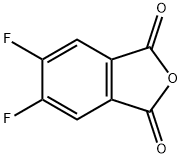
- Chemical Name:4,5-DIFLUOROPHTHALIC ANHYDRIDE
- CAS:18959-30-3
- MF:C8H2F2O3
- Structure:
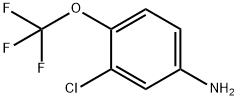
- Chemical Name:3-CHLORO-4-(TRIFLUOROMETHOXY)ANILINE
- CAS:64628-73-5
- MF:C7H5ClF3NO
- Structure:

- Chemical Name:Ethyl 3-(4-fluorophenyl)-3-oxopropanoate
- CAS:1999-00-4
- MF:C11H11FO3
- Structure:
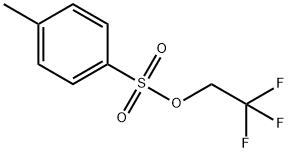
- Chemical Name:2,2,2-TRIFLUOROETHYL P-TOLUENESULFONATE
- CAS:433-06-7
- MF:C9H9F3O3S
- Structure:

- Chemical Name:3-Amino-4-methylphenol
- CAS:2836-00-2
- MF:C7H9NO
- Structure:

- Chemical Name:2-Fluoro-5-bromoanisole
- CAS:103291-07-2
- MF:C7H6BrFO
- Structure:
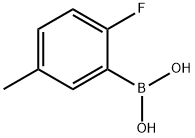
- Chemical Name:2-FLUORO-5-METHYLPHENYLBORONIC ACID
- CAS:166328-16-1
- MF:C7H8BFO2
- Structure:
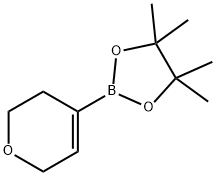
- Chemical Name:3,6-Dihydro-2H-pyran-4-boronic acid pinacol ester
- CAS:287944-16-5
- MF:C11H19BO3
- Structure:
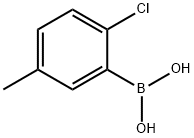
- Chemical Name:2-CHLORO-5-METHYLPHENYLBORONIC ACID
- CAS:193353-35-4
- MF:C7H8BClO2
- Structure:

- Chemical Name:(3-BOC-AMINOPHENYL)BORONIC ACID
- CAS:380430-68-2
- MF:C11H16BNO4
- Structure:
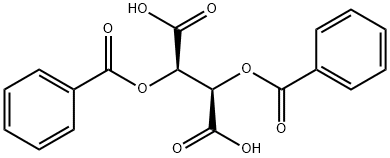
- Chemical Name:Dibenzoyl-L-tartaric acid
- CAS:2743-38-6
- MF:C18H14O8
- Structure:
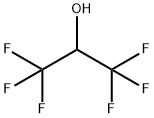
- Chemical Name:1,1,1,3,3,3-Hexafluoro-2-propanol
- CAS:920-66-1
- MF:C3H2F6O
- Structure:

- Chemical Name:3-IODO-4-METHOXYANILINE
- CAS:74587-12-5
- MF:C7H8INO
- Structure:
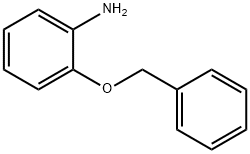
- Chemical Name:2-BENZYLOXYANILINE
- CAS:20012-63-9
- MF:C13H13NO
- Structure:
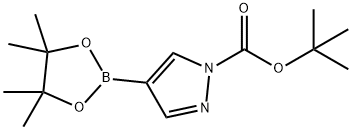
- Chemical Name:1-Boc-pyrazole-4-boronic acid pinacol ester
- CAS:552846-17-0
- MF:C14H23BN2O4
- Structure:
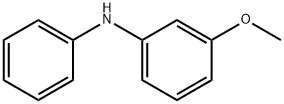
- Chemical Name:3-Methoxydiphenylamine
- CAS:101-16-6
- MF:C13H13NO
- Structure:
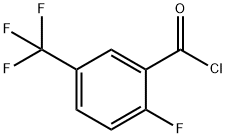
- Chemical Name:2-FLUORO-5-(TRIFLUOROMETHYL)BENZOYL CHLORIDE
- CAS:207981-46-2
- MF:C8H3ClF4O
- Structure:
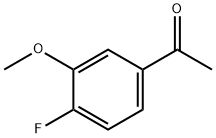
- Chemical Name:4-FLUORO-3-METHOXYACETOPHENONE
- CAS:64287-19-0
- MF:C9H9FO2
- Structure:

- Chemical Name:3-(Trifluoromethoxy)benzyl bromide
- CAS:159689-88-0
- MF:C8H6BrF3O
- Structure:
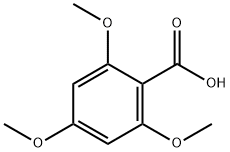
- Chemical Name:2,4,6-Trimethoxybenzoic acid
- CAS:570-02-5
- MF:C10H12O5
- Structure:

- Chemical Name:N-Ethylbenzylamine
- CAS:14321-27-8
- MF:C9H13N
- Structure:
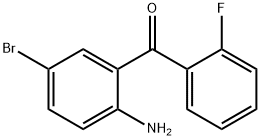
- Chemical Name:2-Amino-2'-fluoro-5-bromobenzophenone
- CAS:1479-58-9
- MF:C13H9BrFNO
- Structure:
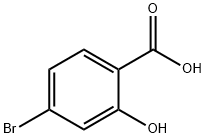
- Chemical Name:4-Bromo-2-hydroxybenzoic acid
- CAS:1666-28-0
- MF:C7H5BrO3
- Structure:

- Chemical Name:alpha-Bromo-2-chlorophenylacetic acid
- CAS:141109-25-3
- MF:C8H6BrClO2
- Structure:
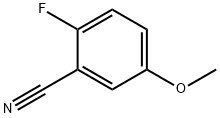
- Chemical Name:2-FLUORO-5-METHOXYBENZONITRILE
- CAS:127667-01-0
- MF:C8H6FNO
- Structure:
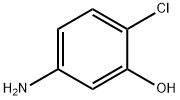
- Chemical Name:2-Chloro-5-aminophenol
- CAS:6358-06-1
- MF:C6H6ClNO
- Structure:
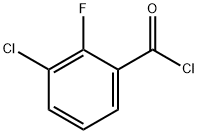
- Chemical Name:3-CHLORO-2-FLUOROBENZOYL CHLORIDE
- CAS:85345-76-2
- MF:C7H3Cl2FO
- Structure:

- Chemical Name:(3,3,3-Trifluoropropyl)dichloromethylsilane
- CAS:675-62-7
- MF:C4H7Cl2F3Si
- Structure:

- Chemical Name:5-Chloro-2,4-dimethoxyaniline
- CAS:97-50-7
- MF:C8H10ClNO2
- Structure:
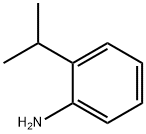
- Chemical Name:2-ISOPROPYLANILINE
- CAS:643-28-7
- MF:C9H13N
- Structure:
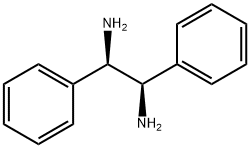
- Chemical Name:(1R,2R)-(+)-1,2-Diphenylethylenediamine
- CAS:35132-20-8
- MF:C14H16N2
- Structure:

- Chemical Name:4-Aminobenzylamine
- CAS:4403-71-8
- MF:C7H10N2
- Structure:
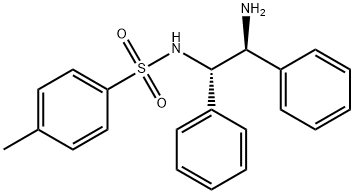
- Chemical Name:(1S,2S)-(+)-N-(4-Toluenesulfonyl)-1,2-diphenylethylenediamine
- CAS:167316-27-0
- MF:C21H22N2O2S